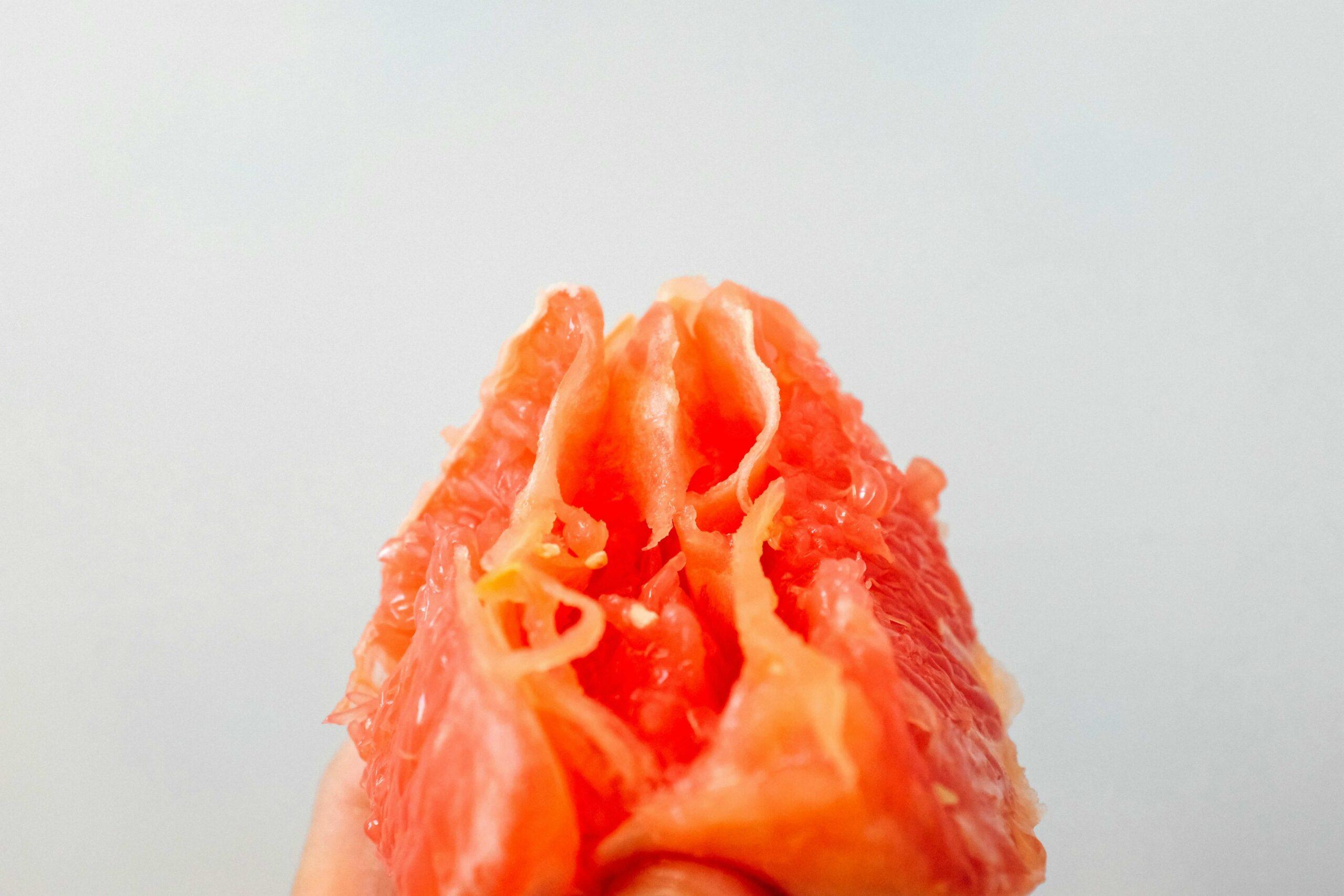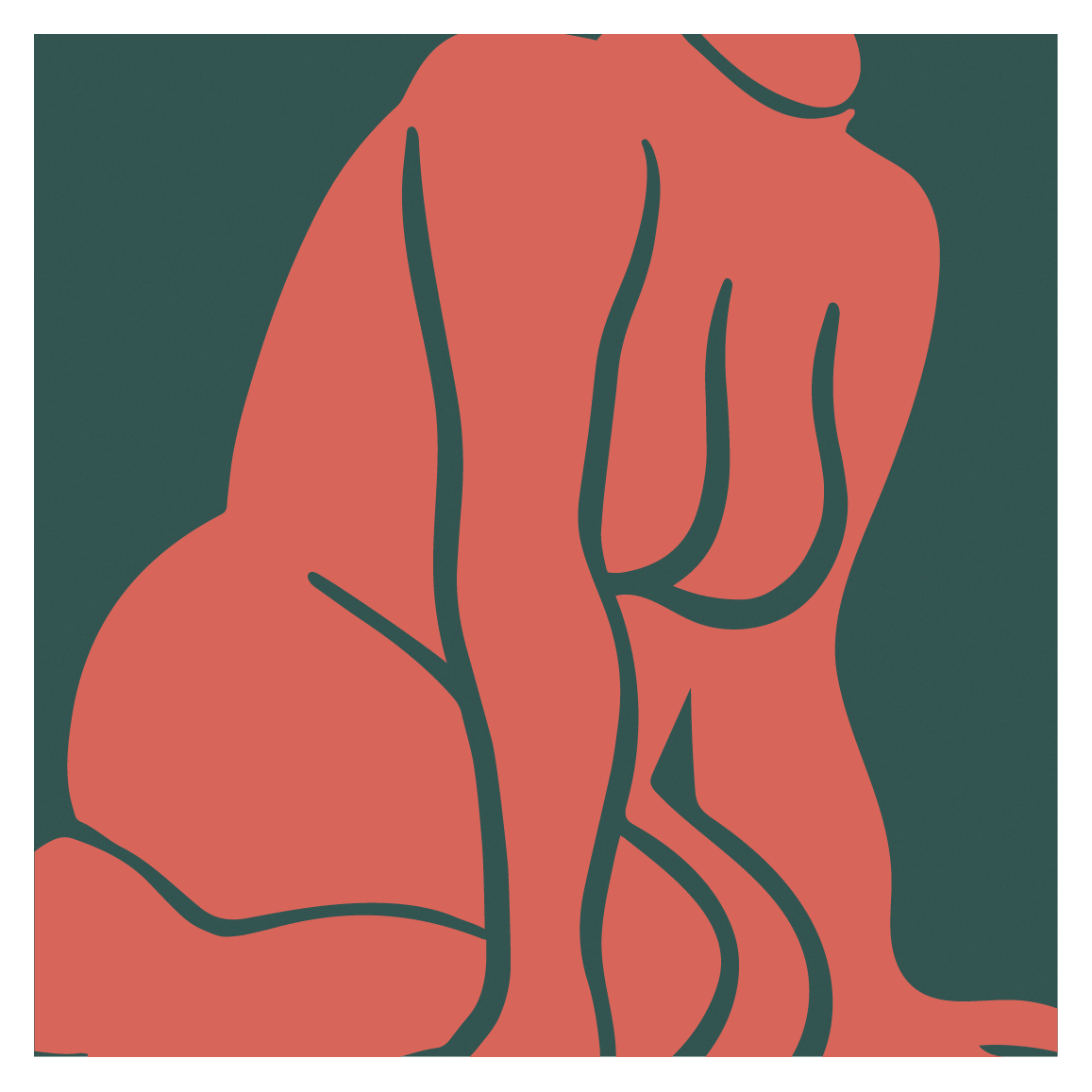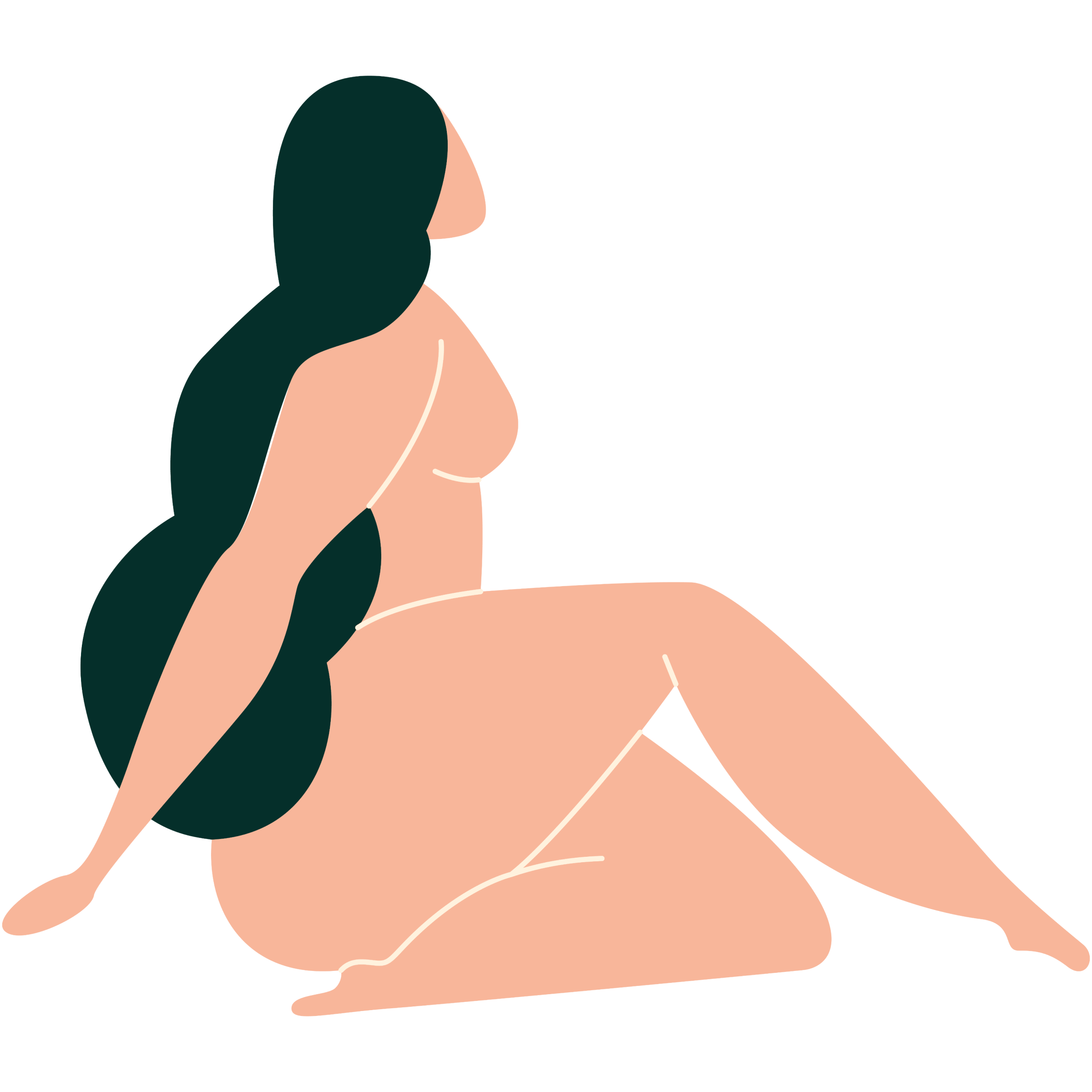
Body
Get to know your body through a better understanding of your anatomy and find the answers to some of your most common questions.
Back
All topics
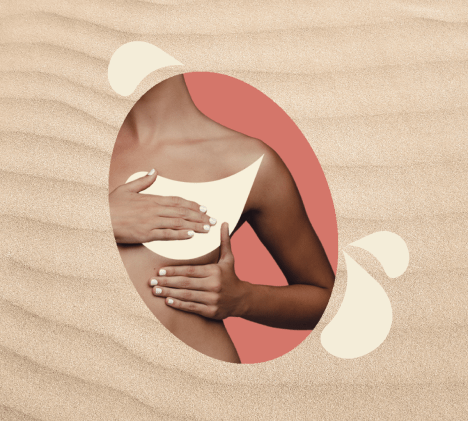
4 resources

20 resources

6 resources
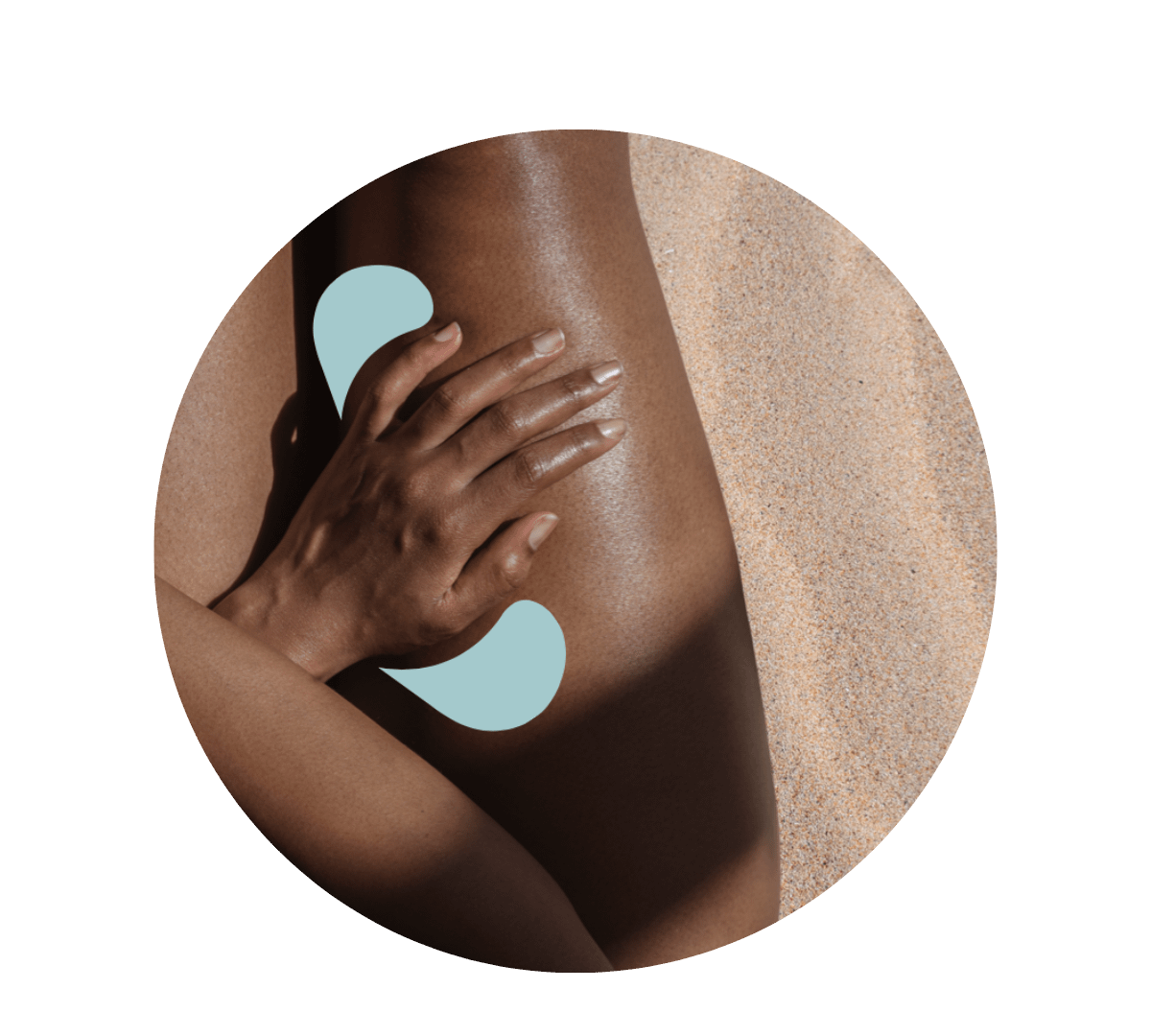
4 resources

6 resources
Back
All topics

9 resources

12 resources

4 resources

11 resources

2 resources
Back
Back
All topics

17 resources

11 resources

17 resources

2 resources

Mauj Products
We’ve designed our products to help you explore your body, solo or otherwise. Whether you’re a curious novice or a seasoned explorer, this is for you.
Back
All topics

4 resources

20 resources

6 resources

4 resources

6 resources
Back
All topics

9 resources

12 resources

4 resources

11 resources

2 resources
Back
Back
All topics

17 resources

11 resources

17 resources

2 resources

Mauj Products
We’ve designed our products to help you explore your body, solo or otherwise. Whether you’re a curious novice or a seasoned explorer, this is for you.

In the 90s and early 2000s, the G-spot was all the rage, with cultural references popping up in just about every Western magazine, TV show, and romcom. Women diligently committed themselves to locating theirs, and while a lucky few claimed to have experienced a G-spot orgasm, most others tried in vain to reach the elusive climax. This begged many to ask the question: Is the G-spot even real?
To this day, a quick Google search will pull up conflicting information about whether or not it exists, and talking directly to women doesn’t provide much more clarity. Supporters of the G spot describe it as a spot of increased sensitivity, located on the inner front wall of the vagina (towards the belly button), while deniers claim it’s nowhere to be found. So which one is it?
The scientific consensus today seems to be that the G-spot is not actually a particular spot, but rather a region. According to researchers at Rutgers University in the US, it’s not a single anatomical entity; it’s “several independently erogenous structures that happen to all be concentrated in the region of the anterior vaginal wall behind the public bone,” including the part of the clitoris that lies below the skin.
This region also includes two small glands, called Skene’s gland, which produce a fluid that acts as a lubricant for the urethra. This could explain why, for some women, stimulation of the G-zone or G-area can cause a release of fluids, also known as female ejaculation.
So while this small, intimate area remains the subject of much scientific debate, one thing that cannot be argued with is women’s personal experiences. Those who have experienced a G-orgasm claim that it feels very different to a normal clitoral orgasm. The only way to discover this for yourself is to keep experimenting.
Solo
Insert two fingers into your vagina, about two-thirds of the way up, and curve them towards your abdomen in a come-hither motion. You may notice that the skin in this area has a rougher texture than the rest of your vagina.
With a Partner
You could instruct them on how to find this area using their fingers, or you could try penetrative vaginal sex positions that women have linked with G-Spot orgasms, including the cowgirl or doggy style.
Keep in mind that whether or not you can find your G-Spot is no big deal. There is a world of pleasure in your body waiting to be unlocked, with or without it.
Did you find the answer you were looking for? Is there something we missed? What did you think of this resource? We want to hear from you.


